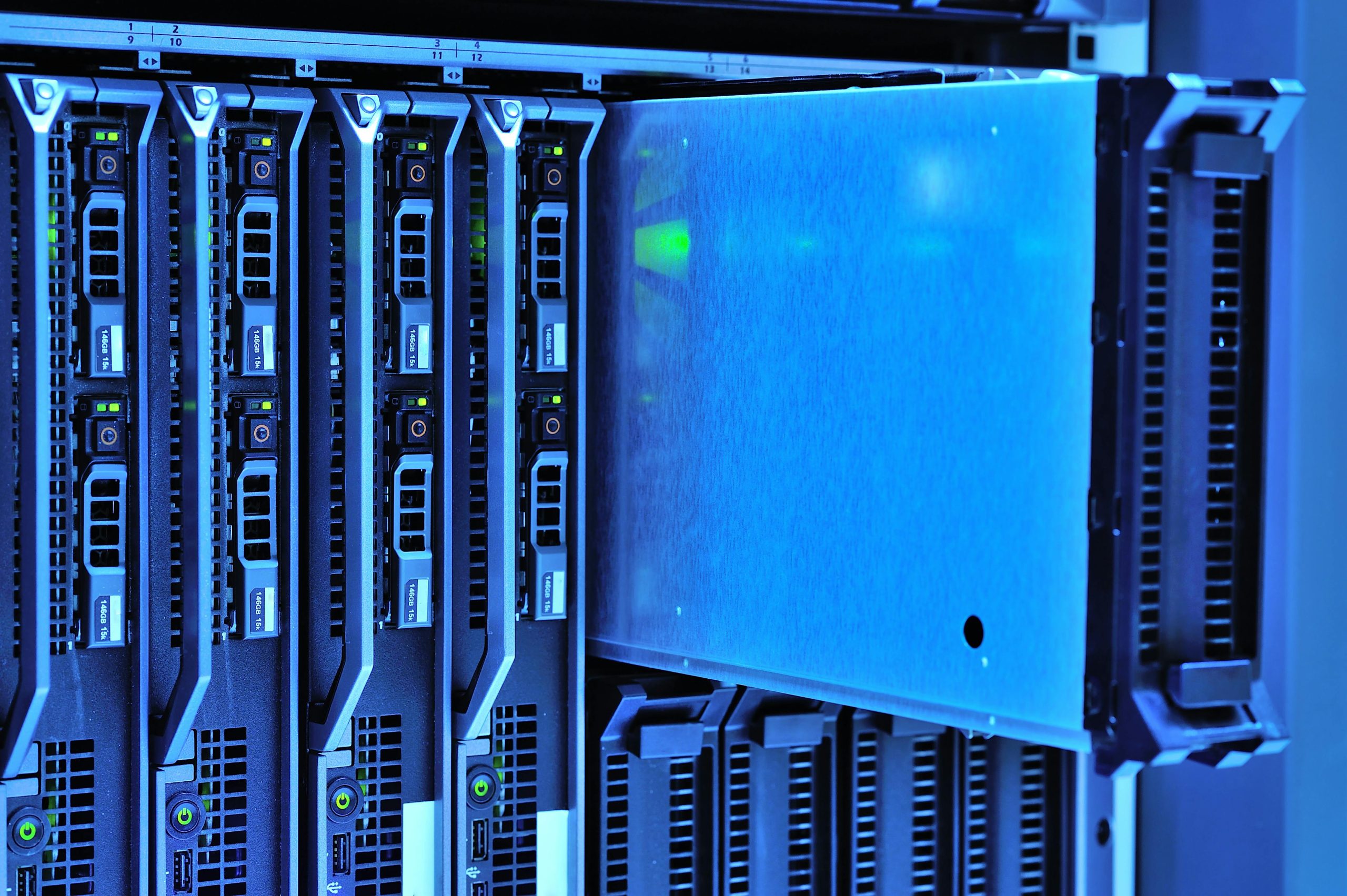Optimizing Your Windows Storage Volume Without Upgrading: A Comprehensive Guide
In today’s digital age, storage management is crucial for maintaining optimal computer performance. While upgrading hardware is one way to increase storage capacity, there are effective methods to free up space on your Windows system without investing in additional hardware. This guide provides step-by-step instructions to optimize your storage, improve system efficiency, and reclaim valuable disk space.
- Analyze and Clean Up the Component Store (WinSxS Folder)
The WinSxS folder can accumulate unnecessary files over time, consuming significant disk space. To evaluate and clean this folder:
- Open Command Prompt as Administrator.
- Analyze the Component Store by executing:
bash
Dism.exe /Online /Cleanup-Image /AnalyzeComponentStore
This command assesses the size of the WinSxS folder and identifies potential cleanup opportunities.
- To remove outdated system files, run:
bash
DISM.exe /online /Cleanup-Image /StartComponentCleanup
After completion, restart your computer to apply changes.
- Disable Hibernation to Free Up Hibernation File
The hiberfil.sys file stores the system’s hibernation data, occupying significant space. To disable hibernation:
- Launch Command Prompt as Administrator.
- Execute:
bash
powercfg -h off
This disables hibernation and deletes the hiberfil.sys file, freeing up disk space.
- Clear System and Temporary Files
System cleanup can reclaim space from old restore points and temporary files:
-
Launch the Disk Cleanup utility with Administrator privileges:
-
Press
Windows + R, typecleanmgr, and press Enter. - Click on “Clean up system files” (administrator icon).
- Select all applicable options.
- Navigate to the “More Options” tab and click “Delete” under “System Restore and Shadow Copies.”
-
Confirm and proceed.
-
Manually delete temporary files:
-
Press
Windows + R, type%temp%, and delete all files within. - Repeat with
temp. -
Additionally, navigate to
C:\Windows\SoftwareDistribution\Downloadand delete its contents. -
Empty the Recycle Bin to permanently remove deleted files.
-
Convert Image Files to WebP Format
Images often occupy substantial storage. Converting PNG/JPG images to WebP reduces file size
Share this content:



